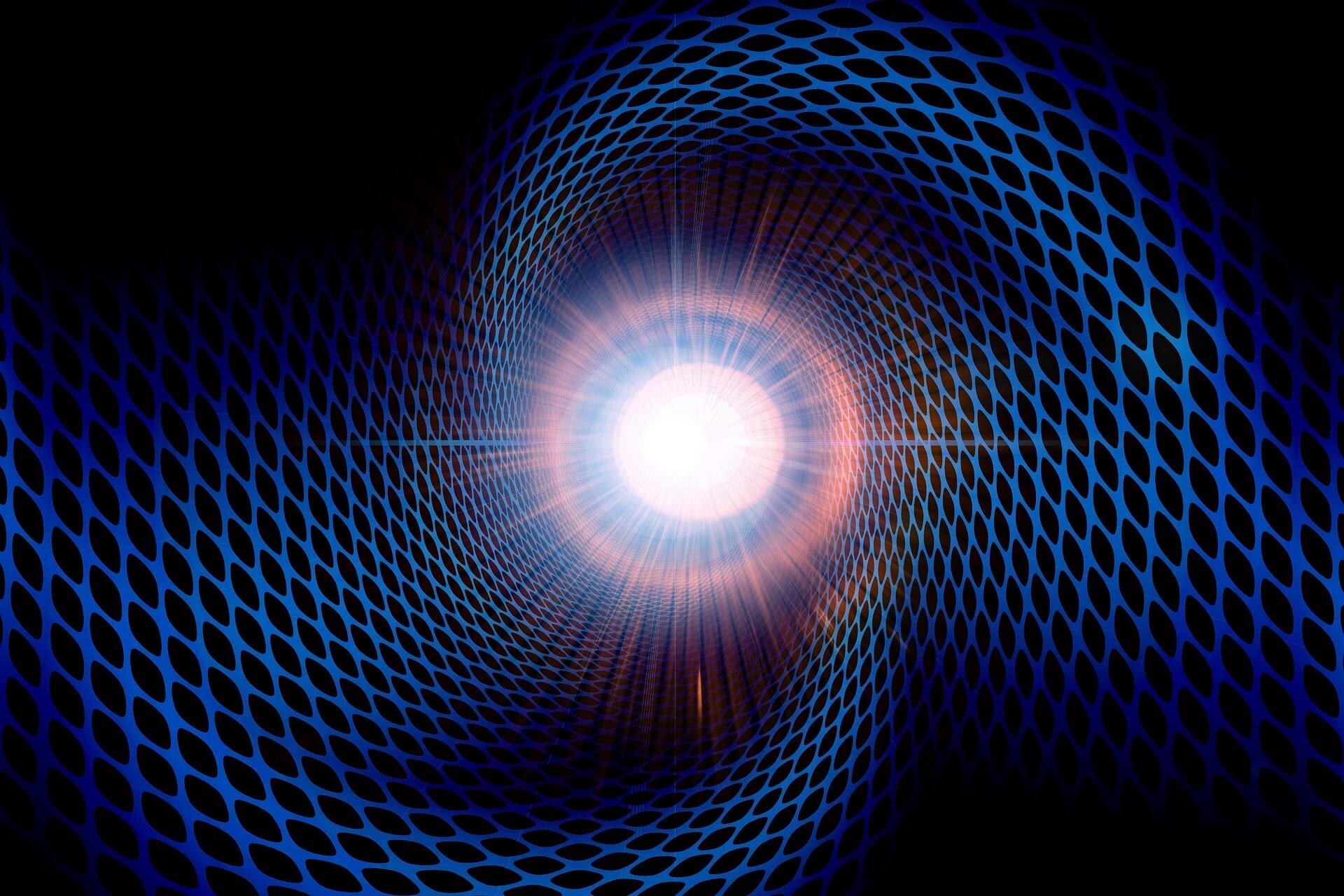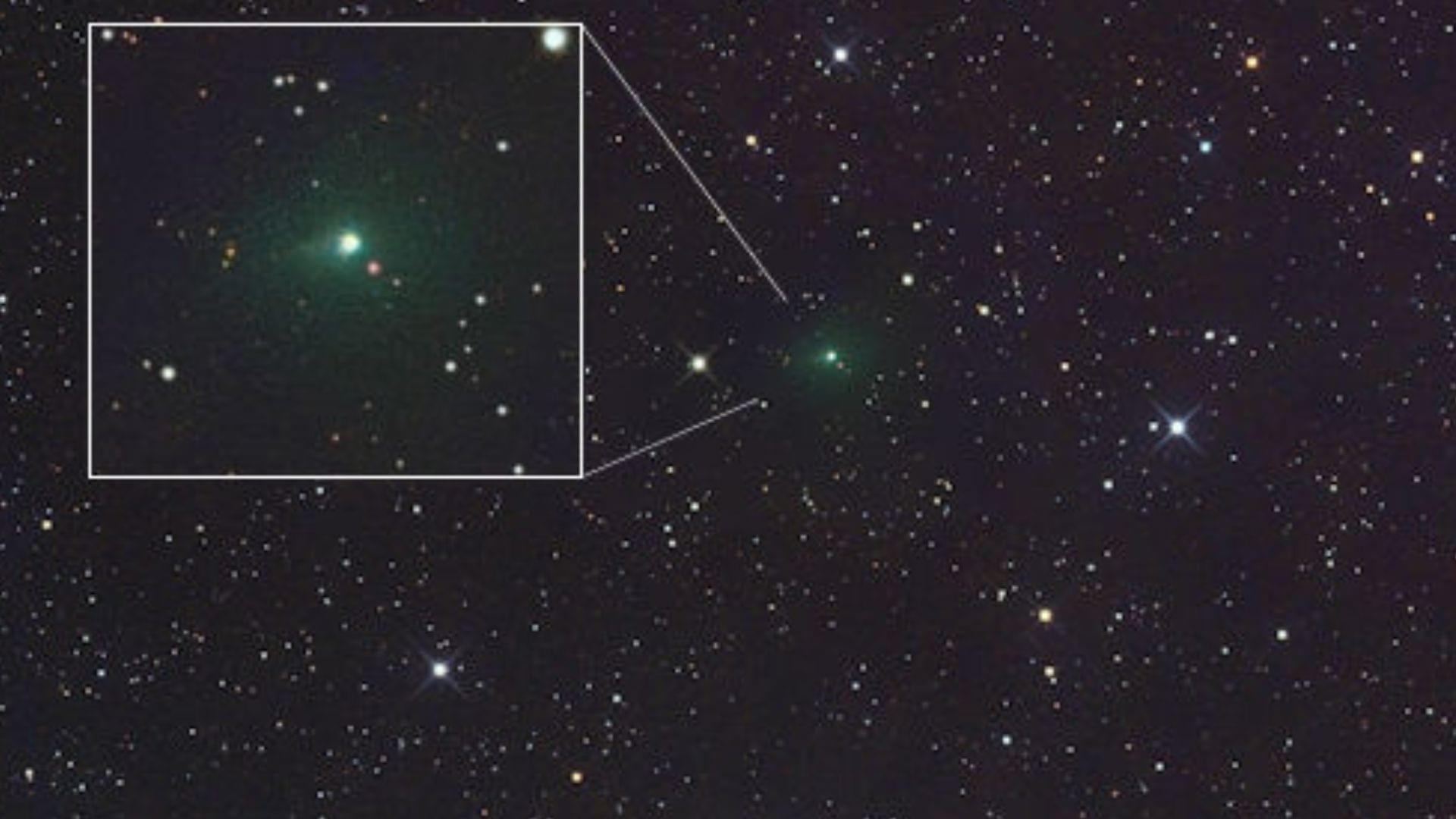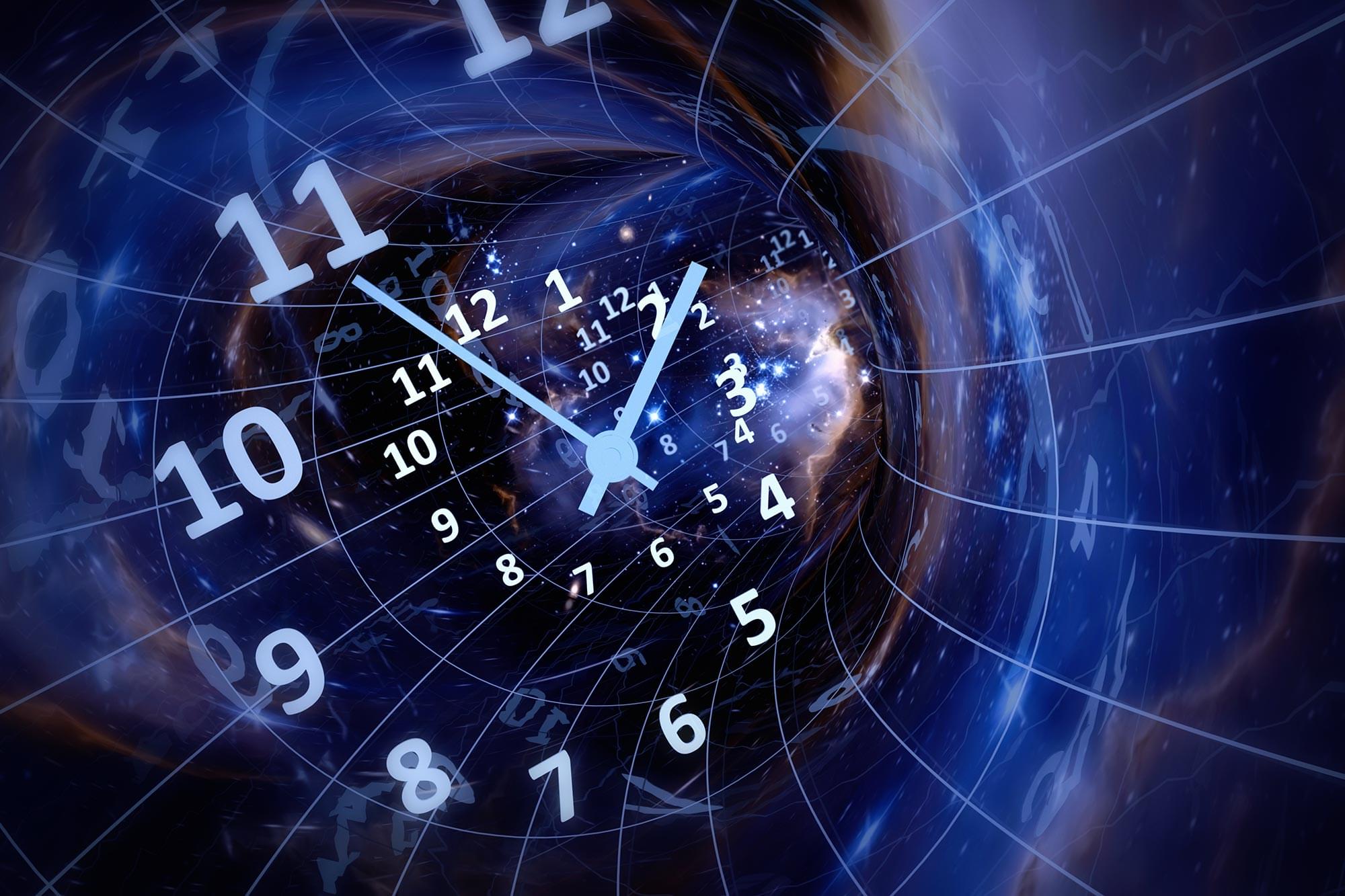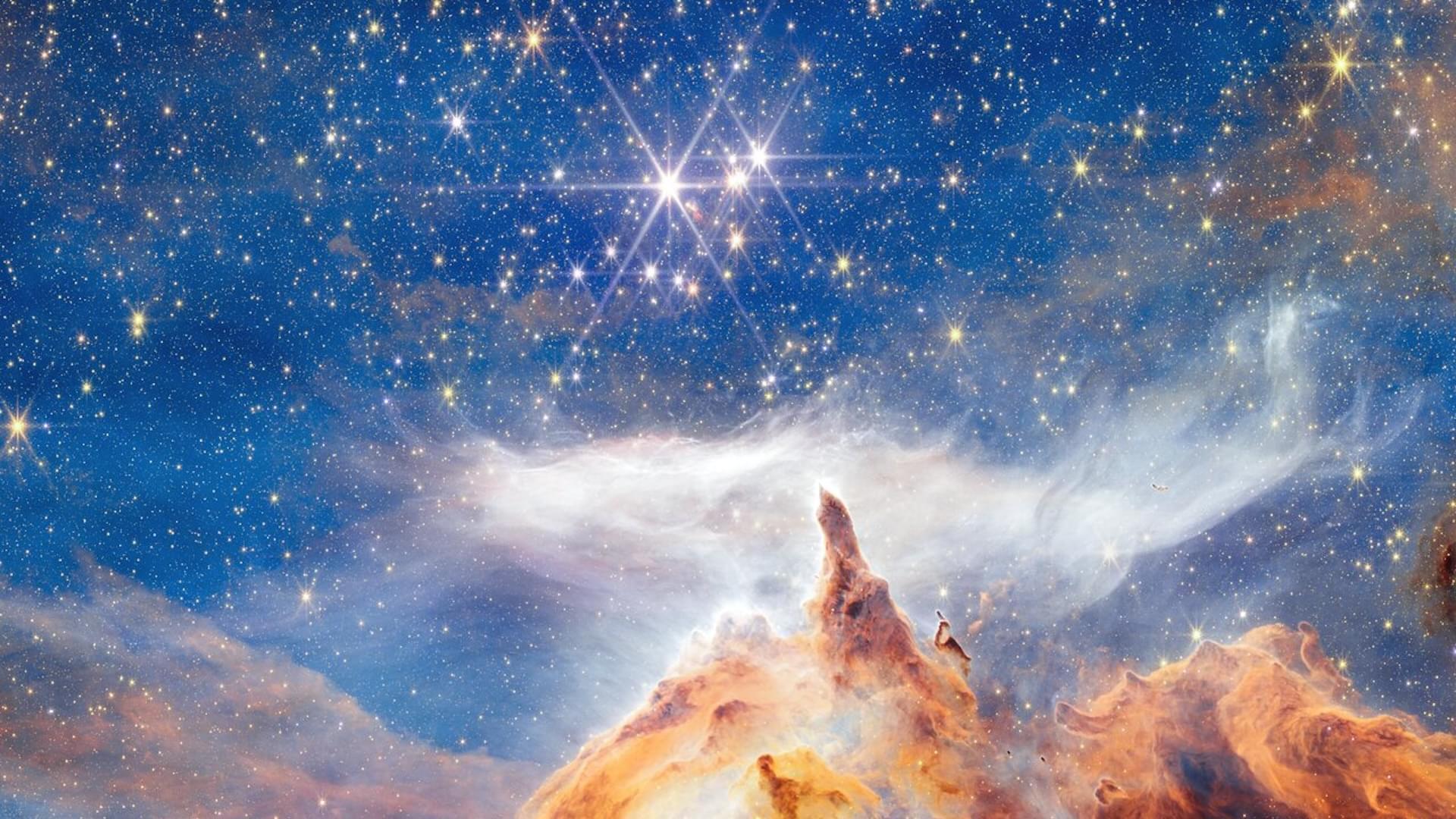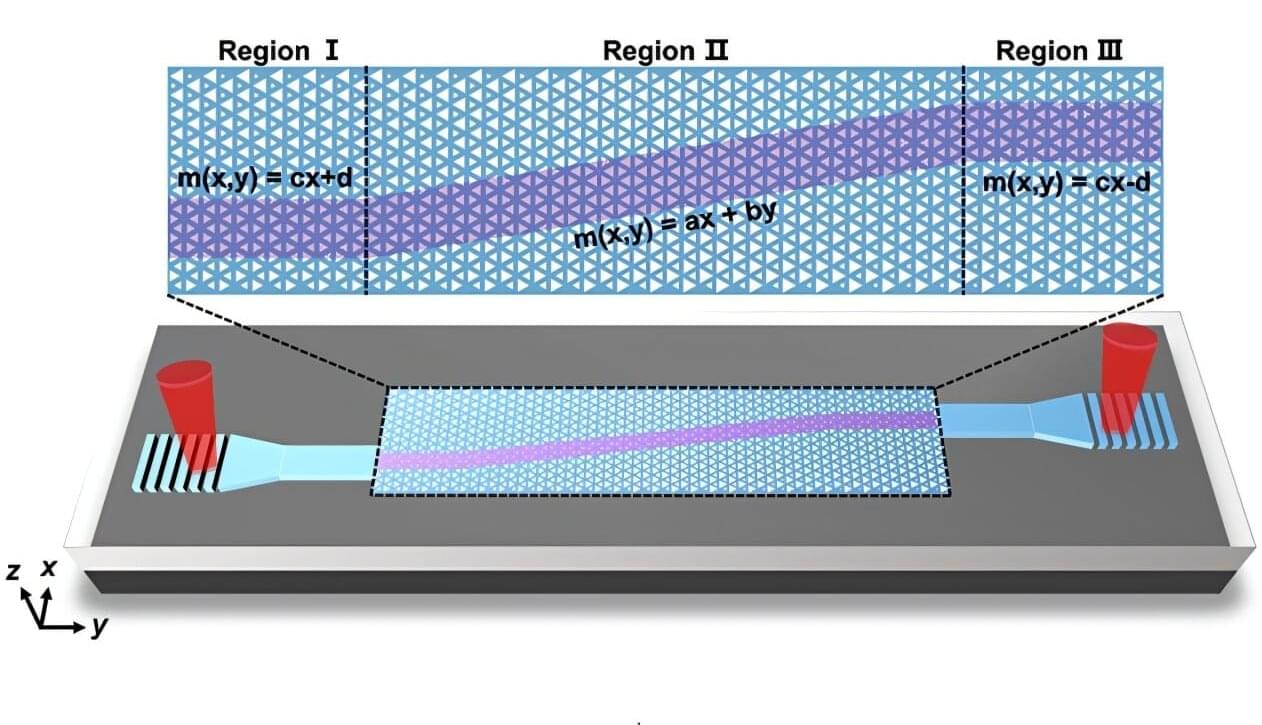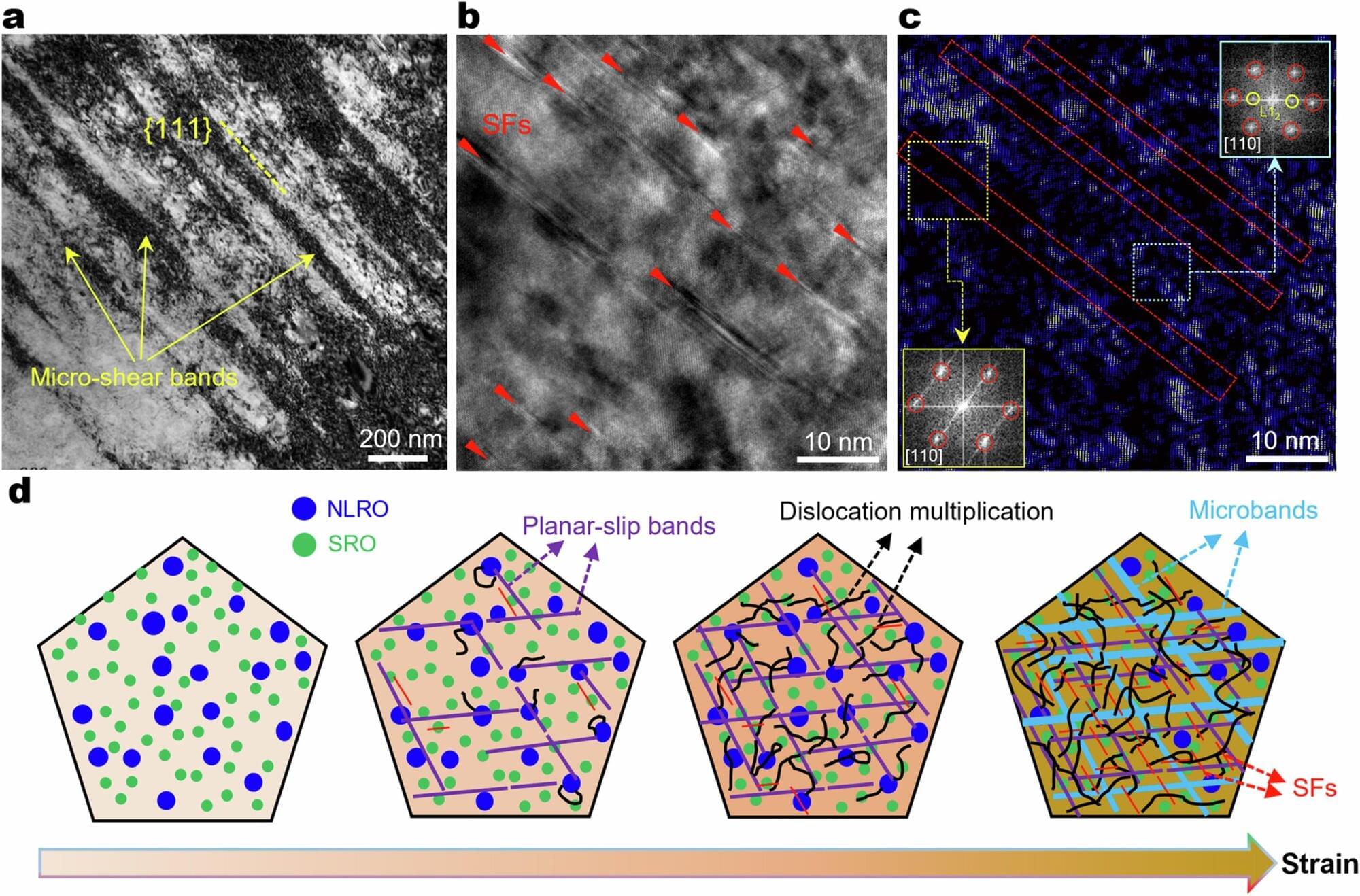An international collaboration has developed a new diagnostic technique for measuring ultra-short particle beams at STFC’s Central Laser Facility. This collaboration is led by the University of Michigan and Queen’s University Belfast. The research addresses a key challenge in developing compact alternatives to kilometer-long particle accelerators.
Current X-ray free-electron lasers (XFELs), which produce laser-like X-rays for imaging at the viral scale, require facilities stretching for kilometers. These installations demand substantial resources and space that many institutions cannot accommodate.
Laser-wakefield acceleration technology offers the potential to create similar capabilities in devices small enough to fit on a laboratory bench. This approach works by focusing an intense, ultra-short laser pulse into plasma, matter where electrons and ions are separated.
